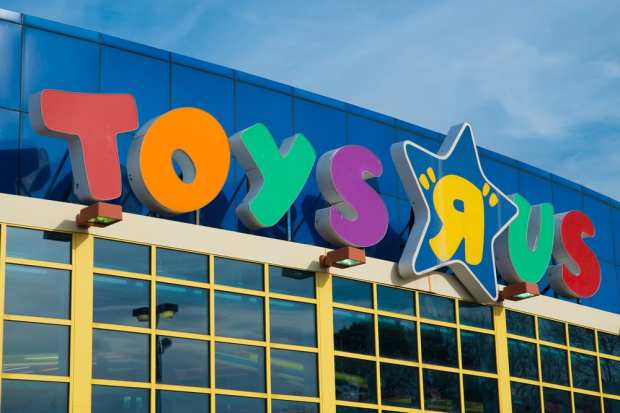The Pace Of Children’s Retail Innovation Speeds Up

Hope springs eternal. That sense of hope is a big part of childhood, and it applies as well to retail aimed as children, as least going by current developments involving Toys R Us. That news is another recent development in the world of children’s retail, where innovation continues.
In case you didn’t hear the latest news, here it is: Ahead of this year’s holiday season, defunct toy chain Toys R Us could be making a comeback. The remnant of the company will reportedly open a shopping website along with roughly six U.S. stores, Bloomberg reported, citing unnamed sources.
Tru Kids Inc. CEO Richard Barry, who is an ex-Toys R Us executive, has been putting forward a vision for toymakers to bring the chain back, said sources. The stores could be about a third of the size of the big-box stores that closed in 2018 at roughly 10,000 square feet. The locations would reportedly offer more experiences, such as play areas.
The report also noted that startup costs could be kept lower through a model that has toymakers ship goods but not receive payment until shoppers purchase the products. However, a Tru Kids spokesperson said the firm was not ready to offer public details on its strategy in the U.S.
Market Void
Toys R Us left a massive void when it left the market — and an opening for other retilers. In August, Walmart said it was expanding its toy assortment by 40 percent online and by 30 percent in its brick-and-mortar stores. The retailer was rolling out “thousands” of additional items to provide shoppers with more options, per a press release at the time announcing the move.
But innovation in the area of retail goes further than making up for this absence.
For instance, when Green Piñata Toys Founder Shiva Kashalkar’s daughter was about eight months old, the new parent was excited to buy toys for her. But she noticed her child would soon grow bored with them. With 85 percent of a child’s brain developing within the first five years, Kashalkar noted, children tire of their toys quickly. At the same time, she found some of her daughter’s toys were not age-appropriate, so she was not playing with them.
“I was looking for a way to rent toys” instead of buying them, Kashalkar told PYMNTS in an interview. However, there wasn’t an existing toy rental service at the time, so she was inspired to start her company. Today, Green Piñata offers “a curated selection of educational, high-quality wooden toys.” For a monthly fee, customers can receive up to four toys in every box. Kids can play with the toys for as long as they want, and customers send them back to the Green Piñata when the children are finished playing with them, at which point the company sends the next batch of toys.
Retail Recommendations
During the process of selecting toys, customers see expert recommendations based on a child’s age. The system also keeps track of the items customers have rented in the past, using that information to personalize future selections. Parents can approve whatever recommendation the site gives, or can make their own choices. “Every parent knows their child the best,” Kashalkar pointed out. For payments, the company accepts credit and debit cards.
Not only that, but eCommerce innovators are offering style boxes of nearly new kids’ apparel. Kids on 45th is just over a year into shipping “wardrobes of lightly used children’s clothing,” CEO and Founder Elise Worthy told PYMNTS in an interview. The platform aims to bring bundled clothing at the lowest possible price point, Worthy said, to compete with the Goodwills and Walmarts of the world.
Children will always be a big part of retail, and recent developments provide furher evidence of that.
